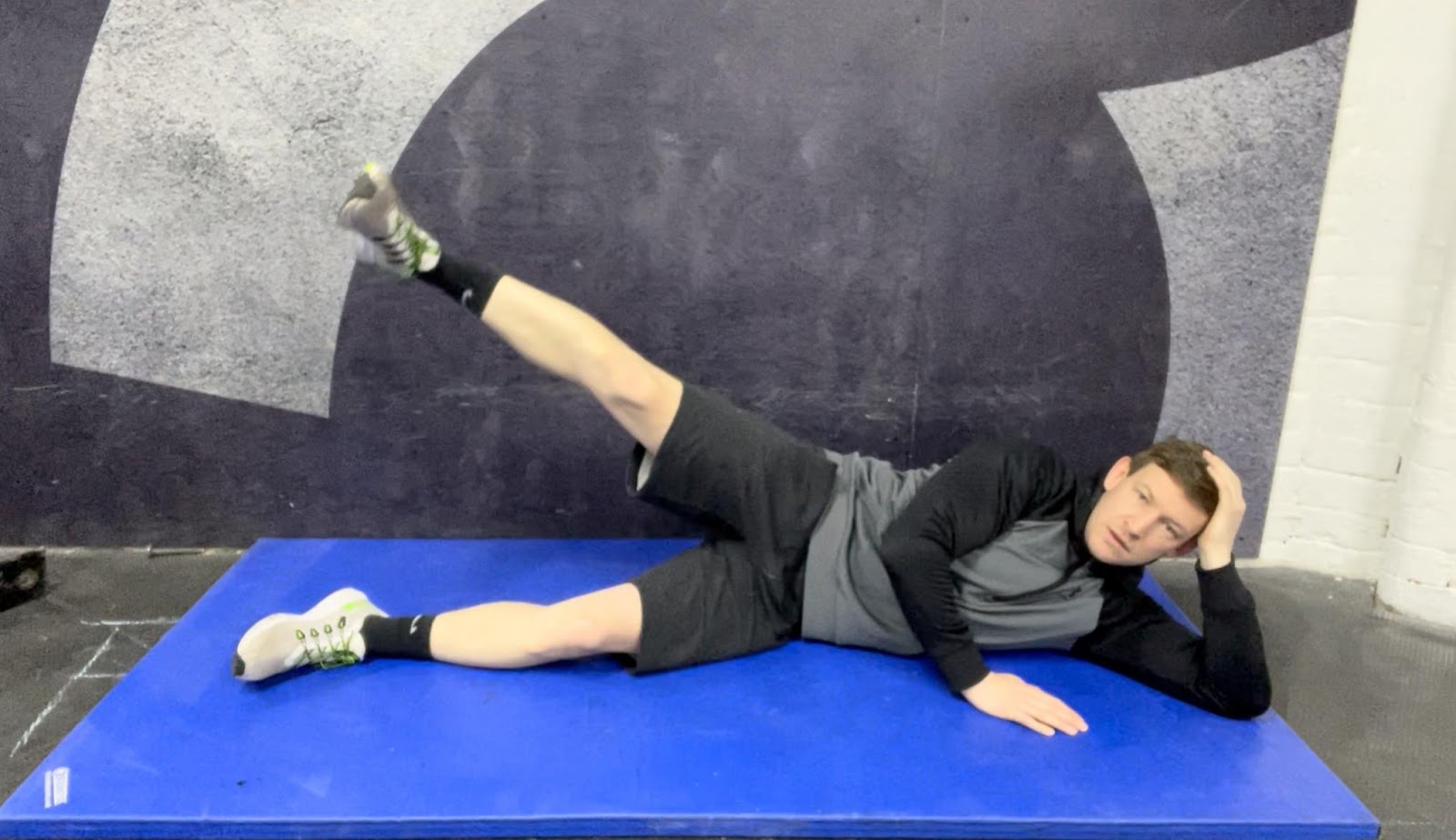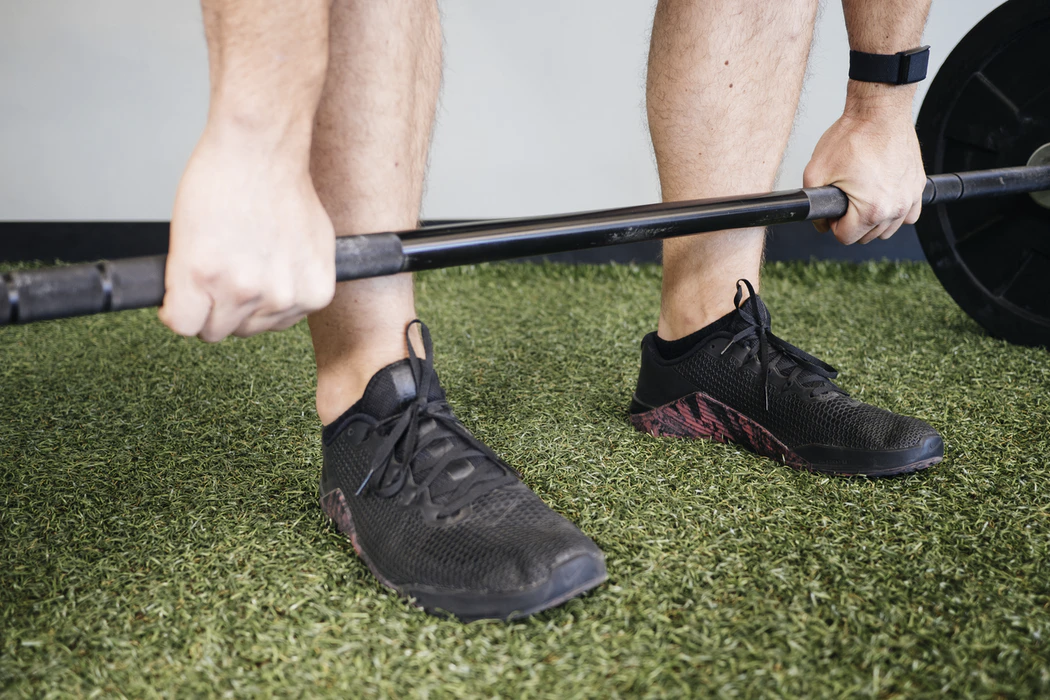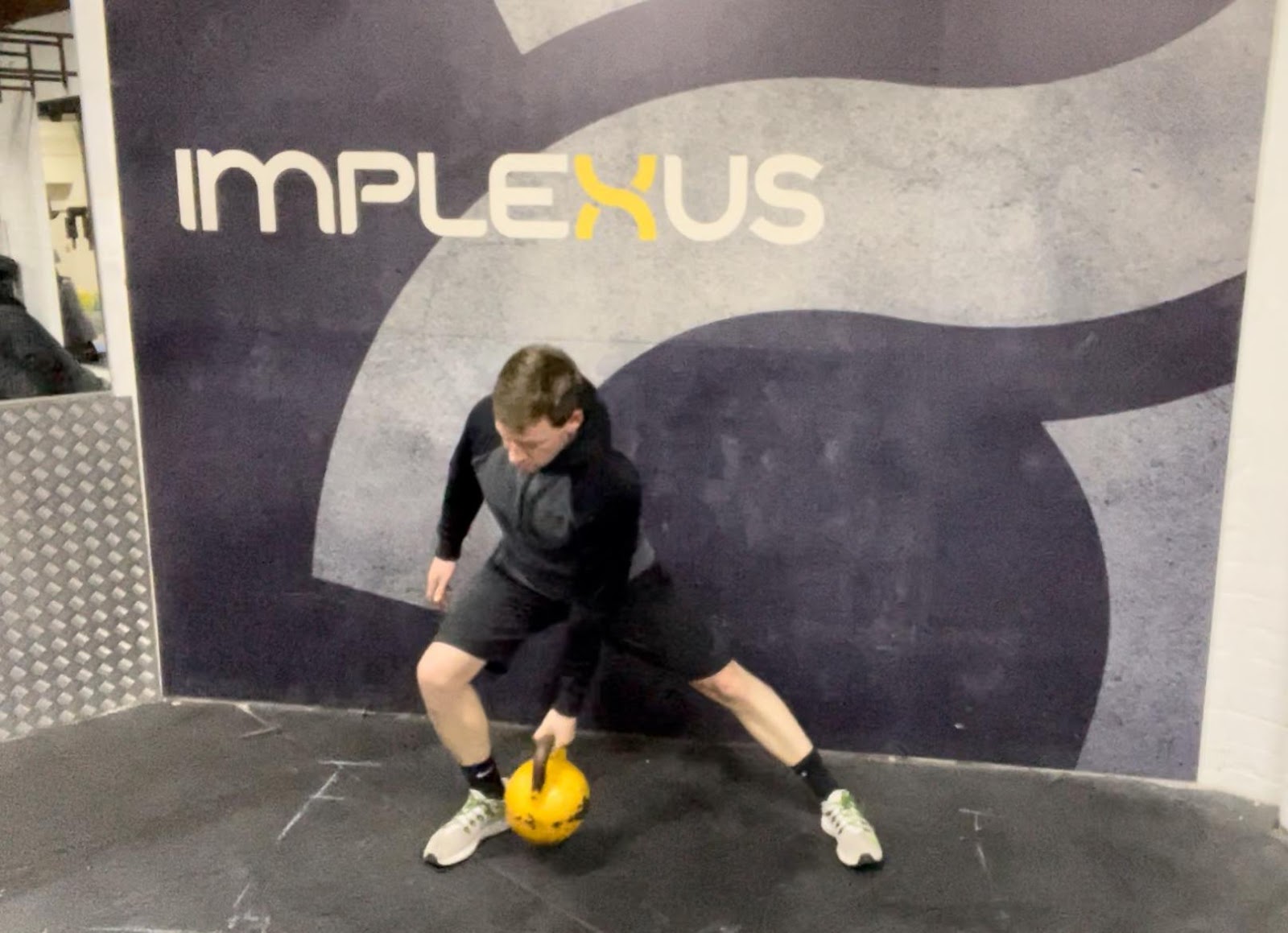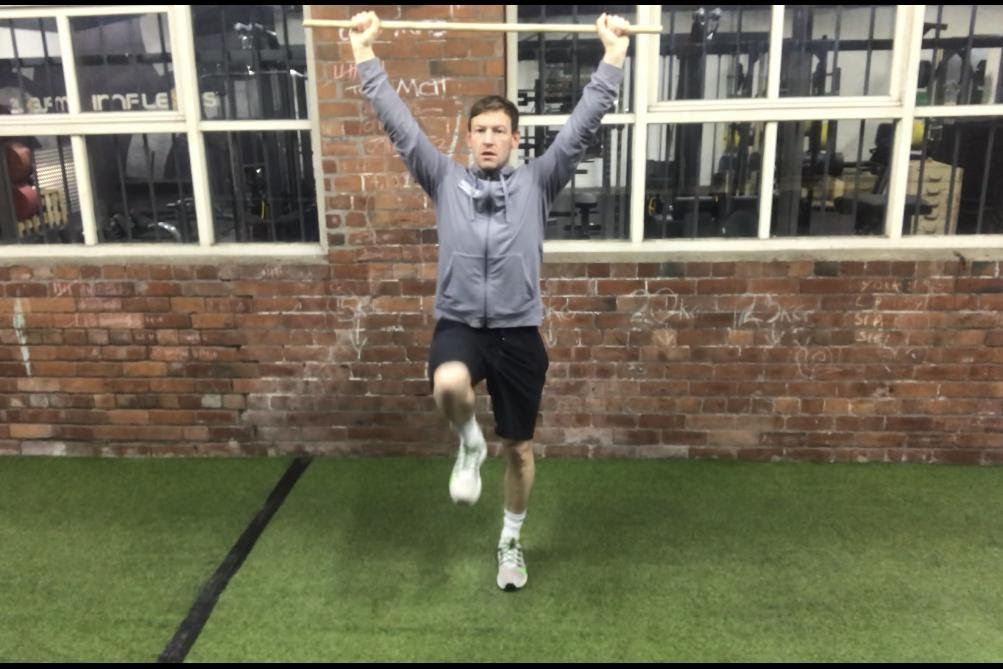MCL Knee Injury Rehab – From The Bed To The Field
Posted By: Andy Barker
I wrote a blog recently on the MCL, and in it I detailed the importance of an early diagnosis and why I favour bracing these injuries…
Exactly how long I brace these injuries for and why this is very different to what many leading knee specialists would advise!
If you missed this you can catch it here.
But having diagnosed an MCL injury what does rehab look like?
When do you start?
What exercises do you do?
How do you know what running to start with and how to progress this?
If you want to know the answers to any or all of these questions then your in the right place.
In this blog I’m going to walk you through, from start to finish, an MCL injury rehab plan, so you can see exactly what this would look like.
In The Brace (0-7 Days)
A big misconception with MCL injuries (and most injuries for that matter) is that you need to rest them for a few days before starting rehab.
This is largely untrue and the MCL is no different.
Even if you have chosen to brace the knee and the brace is locked i.e. 30 degrees knee flexion for the first 7 days, there is so much you can do.
With any injury you need to be respectful of the structure that is injured, but remembering a big aim of your early management is to limit de-conditioning as much as possible.
In the case of an MCL injury, you want to try to minimise muscle strength loss, reduced muscle size and a reduction in general fitness as much as possible.
Failure to do this means that any rehab plan will likely be much longer as not only do you have the injury to rehab, you also have the added task to recondition your patient or athlete to get them back up to speed and able to return to their chosen activity.
The more they decondition, the longer this process will take.
To stop this from happening you want to get your patient going with their rehab ASAP.
Even when the brace is locked you can use open chain exercises like these.
1A. Hip Abduction x 12
1B. Hip Abduction Isometric Hold x 5 Breaths
1C. Hip Abduction Circles x 10 (Clockwise)
1D. Hip Abduction Circles x 10 (Anti-clockwise)
Rest 30 seconds, repeat x 5.
Rest 2 minutes, then repeat 3-5 sets.
A patient or athlete could repeat this circuit up to 3-5 times during the day.
If you think that looks easy, have a go yourself!
This first week is also a great opportunity to train the upper body and core through weights training and CV (battle ropes, upper body bike)…
And provides another opportunity to identify and fix up any other problems your patient or athlete may have.
These are problems that might be bothering them or problems that might impede a successful rehab from their current MCL injury.
In The Brace (7-21 Days)
After 7 days you may be looking at opening the brace to allow some movement i.e. 30-60 degrees of knee flexion.
Once you have some movement allowed there is not too much that your athlete or patient will not be able to do…
Even in the brace.
Split squats, small knee bends, reverse lunges, step ups, hamstring bridges, RDL’s, Rack Pulls or even trap-bar or conventional deadlifts can all be used.
Or any exercise ranges that need more than 60 deg of knee flexion i.e. a deep lunge or squat.
Other modalities you could consider at this stage could include blood flow restriction or occlusion training, or muscle stimulation, although these are not a priority.
After 14 days when the brace is altered to allow more movement i.e. 0-90 degrees of knee flexion just continue with the same exercises but increase the range of movement of these exercises.
The ranges of movement allowed will be dictated by the brace settings, but you can increase the range of movement of included exercises as the brace is altered.
This also helps greatly when the brace is removed…
Out Of The Brace (Day 21+)
At approx 21 days post injury you will be looking to remove the brace.
A big error I see students and new grads make all the time is rewriting a new rehab plan when this happens.
You do not need to do this!
Simply use same exercises you have been doing in the brace for the last 14 days…
Only this time without the brace.
As you reassess you may find specific things you need to focus on and if you do you can prescribe specific rehab exercises to address these issues.
But in the main the majority of the programme can remain the same.
As your patient or athlete progresses you can look to increase the speed of movements you have prescribed and you could also look to other modalities like pool running or the use of an Alter G (anti-gravity treadmill) if you have access to these.
Please note, like the occlusion training or muscle stimulation, these are not the be all and end all, and you can make the same rate of progression and return to play timeframes without them.
Running Prep
To prepare the knee and the body for a return to running the use of ankling drills and hop and land drills are great.
As MCL injuries are a frontal plane injury a good rule of thumb is to start with movements in the sagittal plane (front-back) as these will generally stress the MCL less…
Before progressing to frontal plane (side-side) then transverse plane (rotation) movements.
Then your patient or athlete will be ready to run.
Field Based Rehab
Any field based rehab for a lower body injury will follow 5 Stages;
#1 Straight Line Running (Low-Moderate Intensity & Volume)
#2 Straight Line Running (High Intensity & Volume)
#3 Slalom Style Running (Low-Moderate Intensity & Volume) & Sub-Maximal Deceleration & Change of Direction Drills
#4 Slalom Style Running (High Intensity & Volume) & Maximal Deceleration & Change of Direction Drills
#5 Game Pace Training inc Chaotic Deceleration & Change of Direction Drills (+/- Contact)
Work through these steps and once you have done that, your athlete is ready to go and ready to return to training!
Key Takeaways:
1. Start MCL rehab ASAP to limit de-conditioning
2. Programme lower limb rehab exercises, modifying ROM performed as the brace settings allow
3. Once the brace is removed (approx 21 days) continue using a similar programme, adding in some frontal plane exercises
4. Use higher level gym exercises, like ankling and hop and land drills, to prepare your athlete for running
5. Use a progressive running plan of increasing intensity to prepare your athlete for a return to full training, including any contact work if needed
Remember, the other things like occlusion, muscle stimulation, pool running or the use of an Alter G are the 1% er’s.
They are not that important…
So do not be fooled by these Instagram ‘guru’s’ who try make rehab exercises as complicated as possible…
And using all these fancy techniques and equipment.
They may look great, but are largely unnecessary.
Keep it simple.
Design a logical rehab plan and stick to it.
If you athlete completes it well and you do not hit any issues, you will be looking at getting a grade 2, or even a grade 3 MCL injury back to sport, even contact sport, in as little as 4-5 weeks!
Hope this helps
Andy
PS. If you want to learn a little more about MCL injuries, or anything else, just let me know.
Even better if you have a spare 30 minutes book a free Career Accelerator Call and I can tell you anything you want to know about MCL injury management…
Or anything else you want to know more about…injuries, rehab, treatments, maybe even some career guidance.
These calls are really popular so don’t wait around too long to book.
Book here.




